- IF: Imagination and Fantasy
- Posts
- The Real-World Inspiration Behind Dune's Sandworms
The Real-World Inspiration Behind Dune's Sandworms
Nature’s Echo

Introduction
Welcome to the Deep Dive! Today, we journey deep into the world of science fiction, focusing on one of its most iconic creatures: the sandworms of Dune, also known as Shai-Hulud. These colossal behemoths from the fictional planet of Arrakis have fascinated audiences for decades. But could such creatures really exist outside the pages of a novel or the frames of a film?
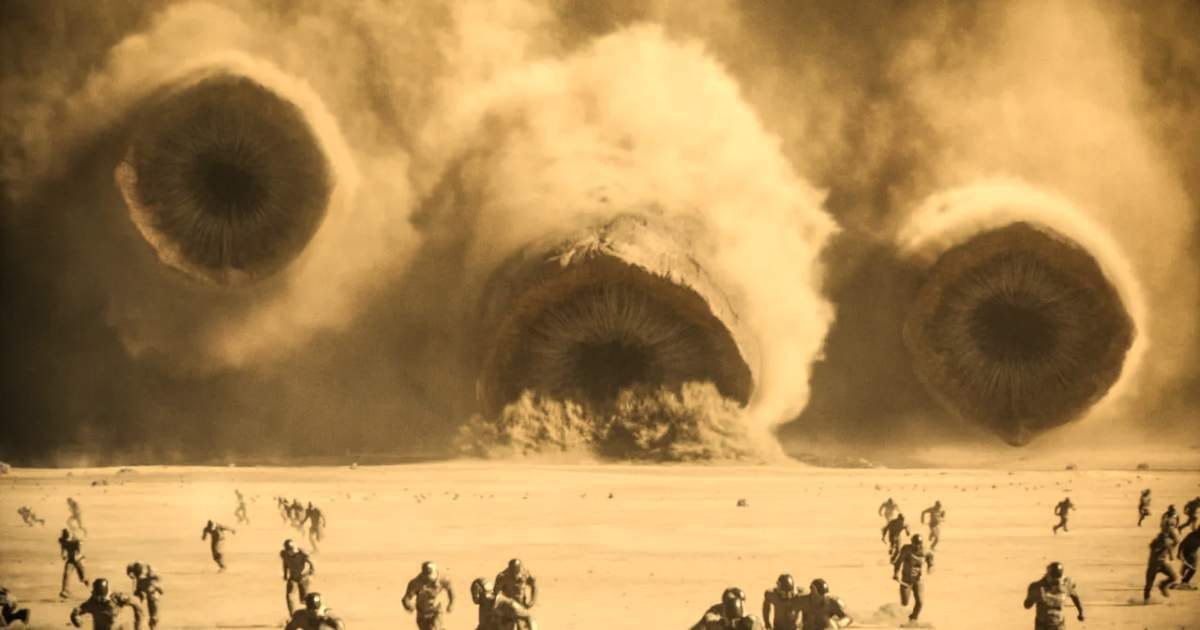
The Fascination with Dune's Sandworms
Damion and Mia, our guides in this exploration, set out to uncover the real-world threads behind Dune's sandworms. The question at hand: could these legendary creatures have a grounding in reality? As they dive into the topic, they explore the fascinating notion that sometimes fiction is a mirror reflecting aspects of nature we might overlook.
Unraveling the Ancient Parallel
Mia introduces the team and their listeners to Selkirkia worms, ancient organisms from over 500 million years ago. Unlike the gigantic sandworms of Arrakis, Selkirkia worms were tiny but fierce, armored with curved spines. According to paleontologist Dr. Karma Nanglu, these creatures lived during the Cambrian period and were formidable hunters despite their small size. While they don't match the sandworm's scale, their predatory nature offers an intriguing parallel.
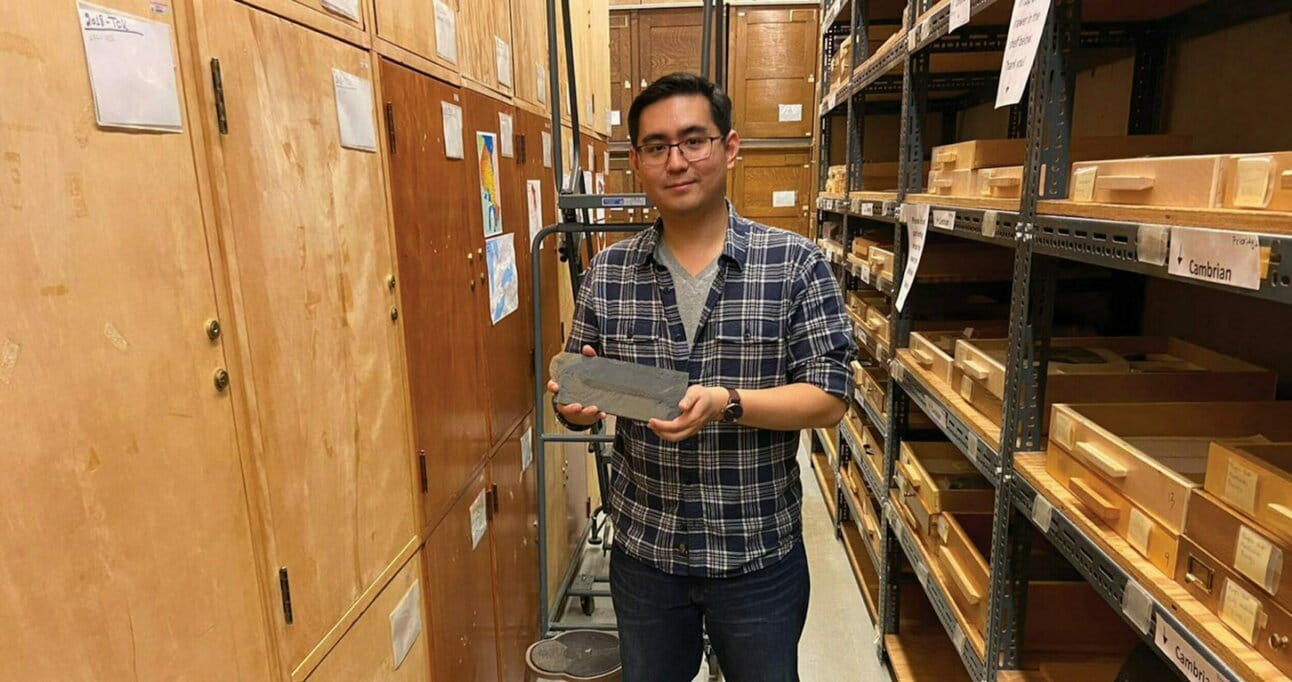
The Evolution of Fear
As Mia and Damion delve deeper, Mia explains that Selkirkia worms lived on for almost 25 million years—a testament to their resilience. Dr. Nanglu's insight underscores that prehistoric nature could be even more terrifying than our cinematic portrayals. Selkirkia worms, though small, might just be an echo of the terrifying and mythical sandworms.
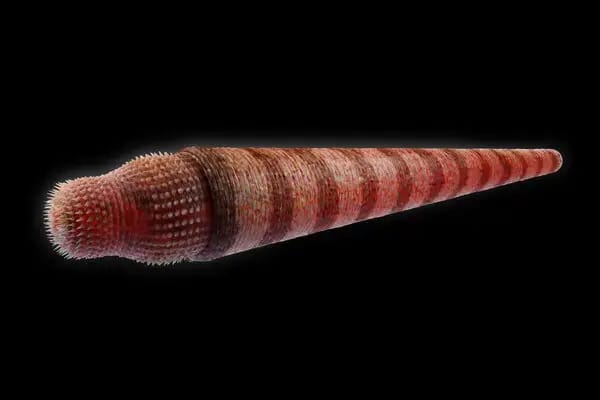
Cinematic Brilliance: Bringing the Sandworms to Life
The discussion shifts to how filmmakers have captured the essence and scale of these creatures on screen. Director Denis Villeneuve's portrayal of the sandworms in "Dune: Part Two" used more than just impressive CGI; the film's atmosphere mixed nature with myth. Iconically, Steven Spielberg praised Paul's first ride as "cinematic poetry," noting how the desert scenes felt oceanic, adding a layer of sacredness to the sandworms.
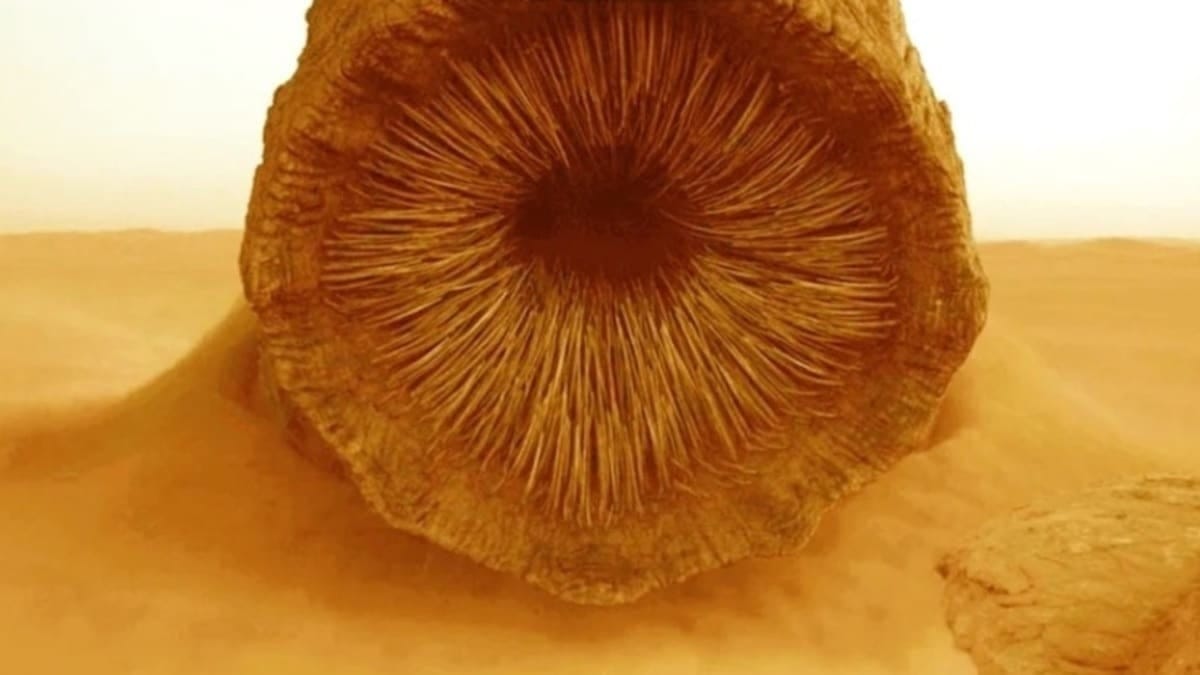
Symbolism in Herbert’s Universe
In Frank Herbert's universe, the sandworm symbolizes more than sheer terror. It's a force of both destruction and creation, integral to the production of spice—the lifeblood of Arrakis. This duality captures the fragile balance of power and existence on the desert planet, embodying the essence of life and transformation.
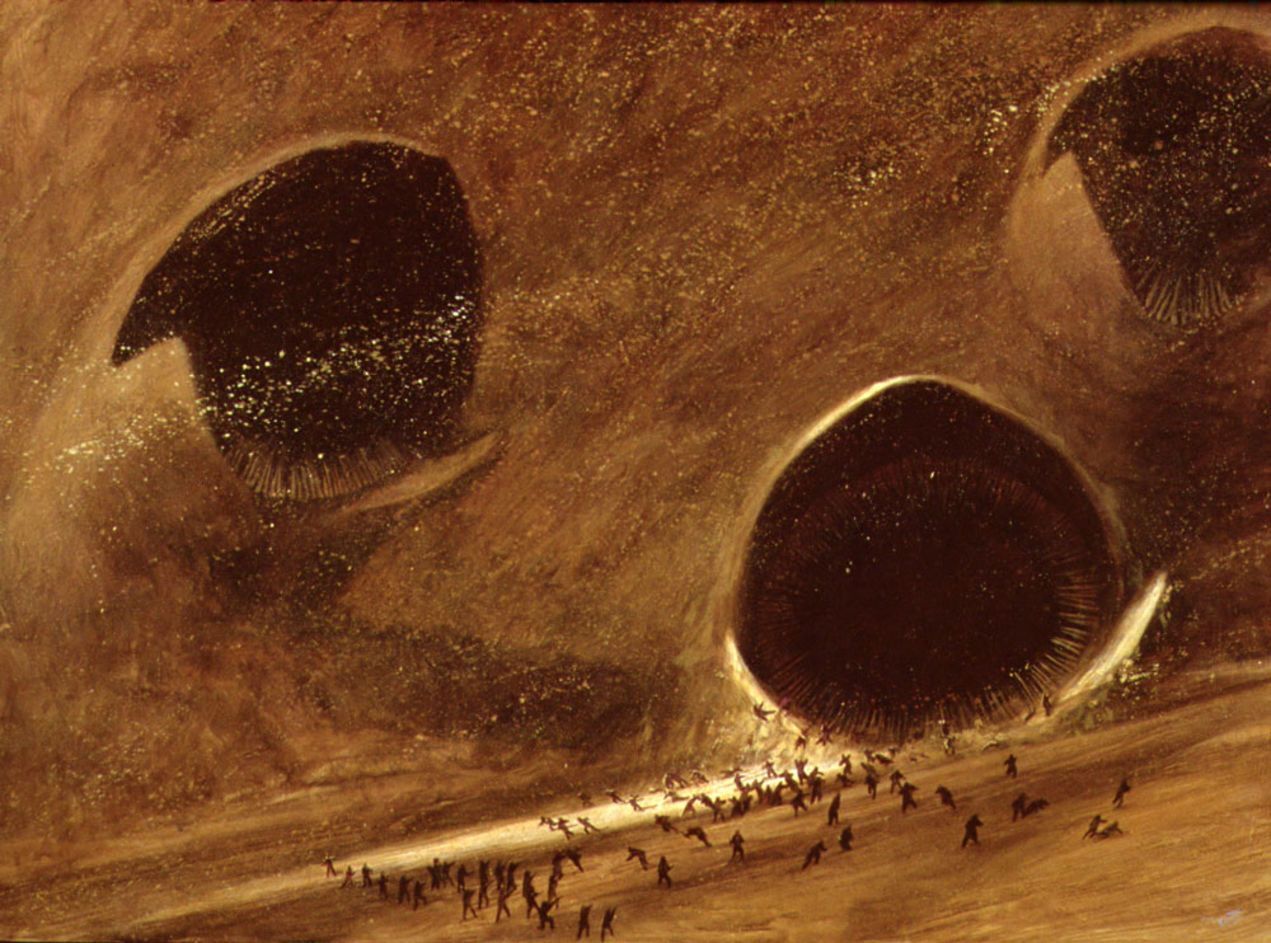
Connecting Imagination and Evolution
As our conversation threads back to the Selkirkia worms, Mia and Damion suggest that knowing about these ancient creatures enriches our understanding of Dune’s sandworms. The knowledge that Earth's history holds echoes of our sci-fi imaginings adds a layer of reality to these fantastical creatures.
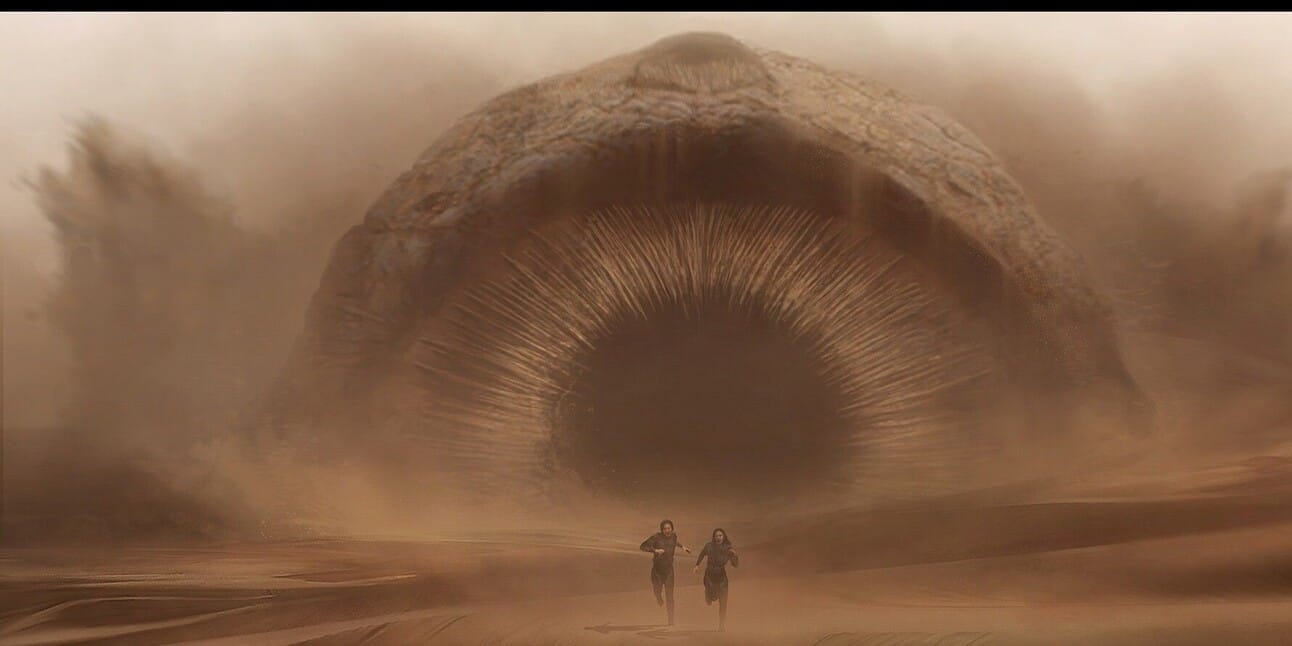
Conclusion: The Marvel of Nature's Creativity
As Damion wraps up the discussion, he invites listeners to reflect on how our imagined creatures, whether flying through alien skies or burrowing beneath fantasy lands, might be echoes of our planet's own bizarre history. The creativity of nature, long before our imaginations took flight, stands as a powerful reminder of the surprising roots our wildest dreams might share with the real world.
By examining these connections, we not only deepen our appreciation for films like Dune but also celebrate the mystery and wonder that our planet, past and present, continues to inspire.